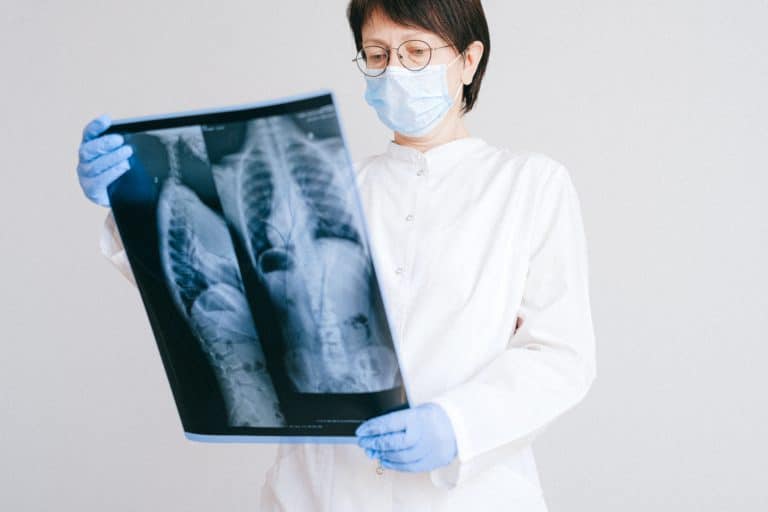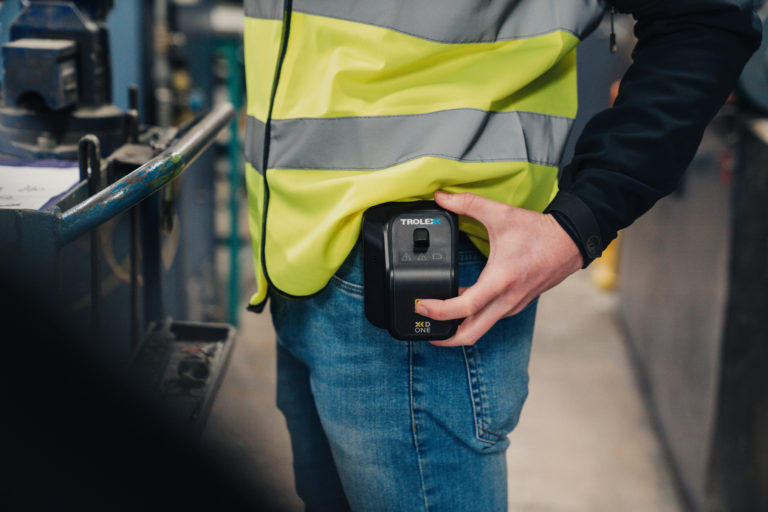Did you hear about the plane crash that killed everyone on board? Your answer likely depends on where you live.
According to researchers at the University of Oxford: ‘English Wikipedia readers were much more likely to read about North American and European crashes, and Spanish Wikipedia readers were more likely to read about Latin American crashes.
Page views on English and Spanish Wikipedia for North American and Latin American aircraft crashes, respectively, were each about 50 times greater than for African crashes.’
These events are tragic, to be sure, but the deaths from these situations are more generally heard about than others, such as from dust inhalation – despite technology and processes available to help prevent them.
The decay of novelty
It also depends on when the crash happened, with Royal Society Open Science discovering that irrespective of the crash location and body count, ‘on both English and Spanish Wikipedia, page views dropped in half between three to 10 days after the event’. The decay of novelty as we lose interest in things when they stop being new.

The ‘finite pool of worry’
And then there’s how much capacity you have left to care, the concept scholars refer to as the ‘finite pool of worry’.
‘Because people have a limited capacity for how many issues they can worry about at once, as worry increases about one type of risk, concern about other risks may lessen.’ says The Centre for Research on Environmental Decisions.
Proximity. Timing. The competition with other concerns for a limited capacity to impact emotions. It’s a complicated old business. Disaster, its impact, its legacy and even the ways we look at – or away – from it. That’s only talking about sudden disastrous events; the plane crash, typhoon, earthquake, and other similar events.
The slow-motion disaster
What about the disaster that inexorably unfolds? The slow-motion cumulative disaster. Disaster that – over time – takes far more lives than the one off tragedies? Or even a succession of one-off tragedies?
What about:
- The 8.9 million people killed by air pollution a year?
- The 1 million work-related fatalities annually?
- The hundreds of thousands around the world dying every year from workplace dust inhalation?
- The millions whose lives are irreparably damaged every year from inhaling dust in the workplace?
As we’ve seen, it’s human nature to focus on more recent, local, high-profile events. Discreet, distinct, storylines.
However, don’t the disasters we overlook – the slower moving, less attention-grabbing tragedies that play out day after day – deserve our attention too?

The threat from dust inhalation
The problem of particulate and dust inhalation is widely ignored, so too is the priority in finding viable solutions.
This is why we do what we do at Trolex, and why we’ve set ourselves the challenge of reducing the risk and impact dust inhalation can have on workers around the world who are rarely spoken about.
This is done through the development of technology like the AIR XD Dust Monitor, XD ONE Portable Dust Monitor, XD1+ Personal Dust Monitor and AIR XS Silica Monitor alongside supporting software, to deliver data in realtime and make sure every worker knows the state of air around them.
We haven’t stopped there, however. Our engineers are constantly asking “what can we do so that, in 10 years time, every worker in the world exposed to dangerous particulates is wearing personal dust monitoring?”
This is easier said than done, of course, but it’s a challenge we’re committed to undertaking and beating. As well as setting ourselves the task of overcoming the engineering challenge, we’re having to face those natural ‘hidden in plain sight’ biases discussed above.
We’ve privately funded each project every step of the way – from research and development, to manufacturing and distribution. Every penny.
Independently developed dust monitoring technology
Not that we mind. In fact, we’re proud to have independently conceived and created our range of real-time dust monitoring products: innovative dust monitoring technology that’s now the envy of the industry.
These products are perfectly capable of helping us meet our 10-year challenge, and in the process save many thousands of lives.
Set against the backdrop of Covid-19 and the billions and billions of pounds spent to combat it, the macabre irony hasn’t been lost on us, that worldwide more people have died inhaling dangerous particulates in the last five years than they have from Covid 19.
Unnecessary deaths that for only a couple of million pounds backing, our technology could still go faster and further in preventing.
Maybe we should call for a lockdown?
Learn more about dust monitoring systems and technology
We work with businesses around the world to improve the safety of hazardous work environments and give workers a better chance at reducing the risks of dust inhalation. The long term effects can be severe and, while it might not be as obvious or attention grabbing as other tragedies, we’re committed to doing what we can to help those at risk.
If you’d like to know more about our dust monitoring systems and how they can help your worksite, get in touch with our team of experts today.

